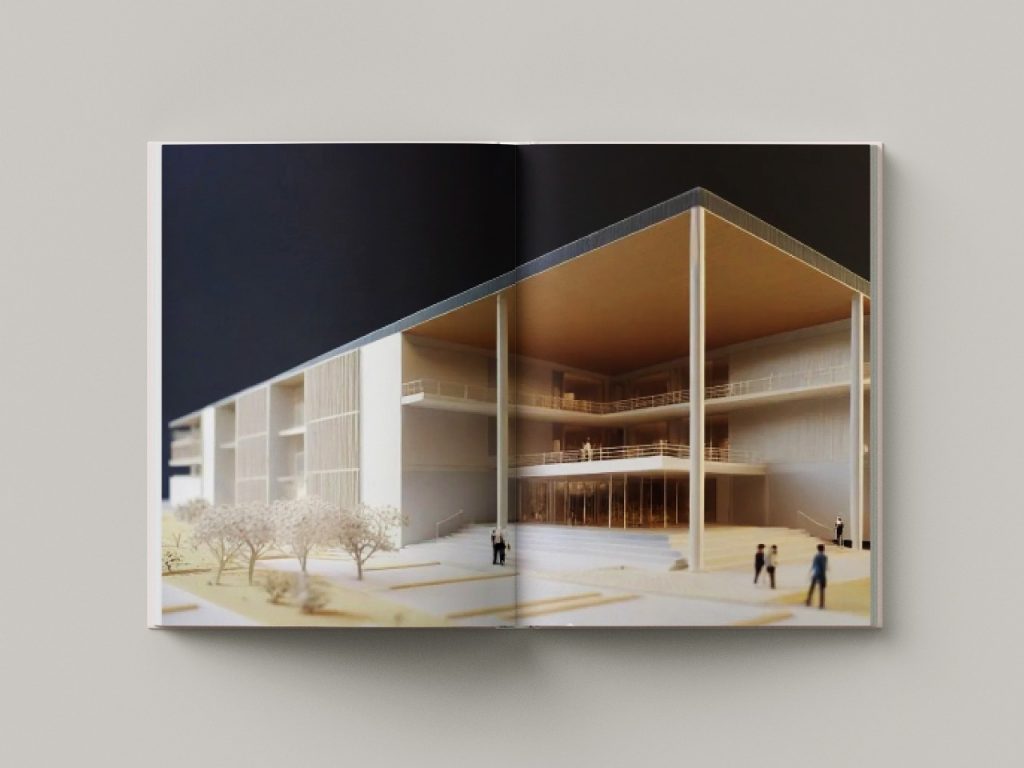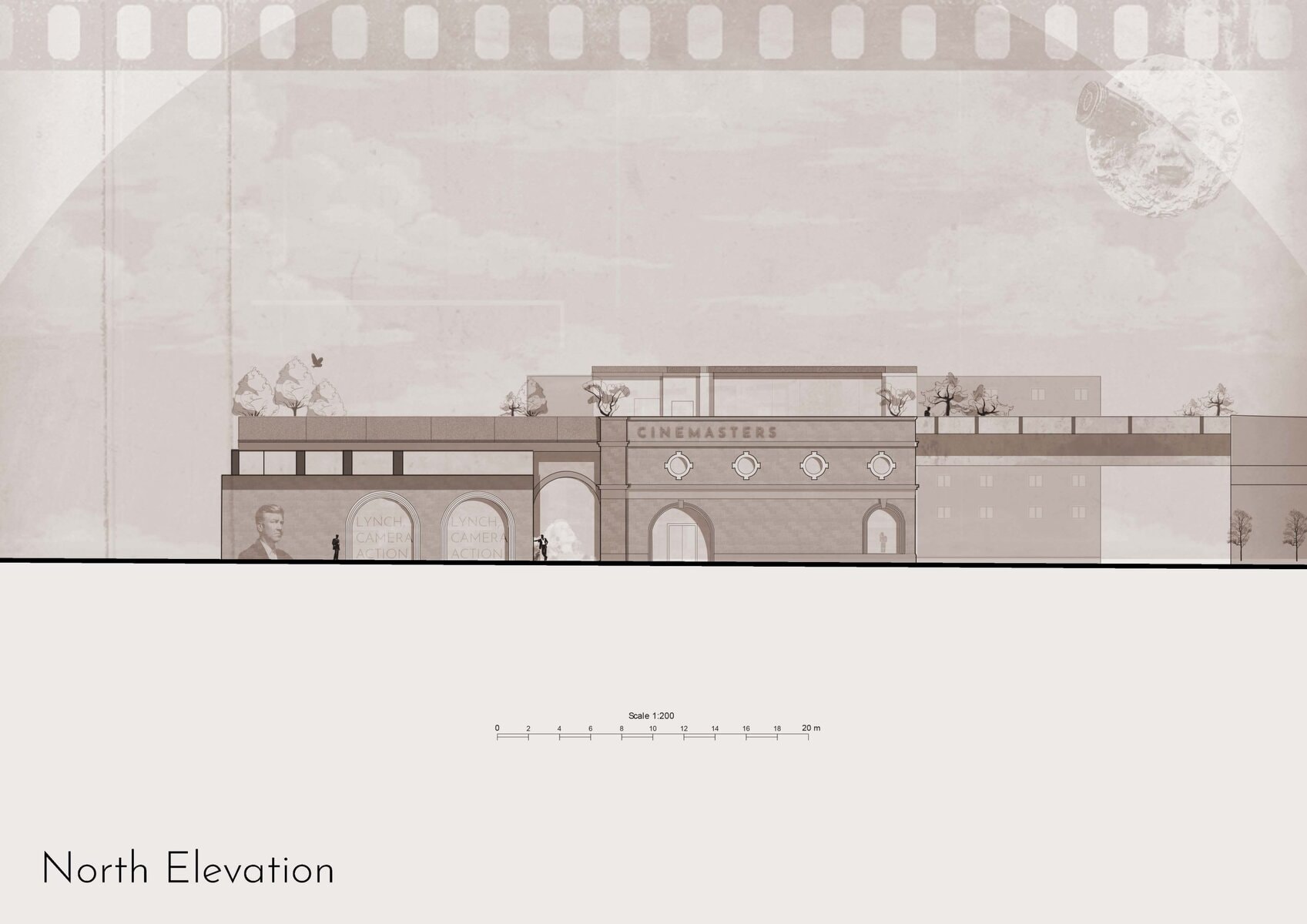## Bridging History and Modernity: Harshvardhan Nakra’s Vision for an Inclusive Campus
Architectural discourse often finds new energy in the fresh perspectives of young designers. One such emerging voice is that of Harshvardhan Nakra, a fourth-year undergraduate student at the Faculty of Architecture and Ekistics, Jamia Millia Islamia. Currently an intern at Built Heritage Conservation Architects in New Delhi, Harshvardhan is immersed in architectural conservation and heritage management, where he combines hands-on practice with scholarly research. His passion for sustainable design and the preservation of historic structures is evident in his latest project: a forward-thinking engineering college located in the composite climatic zone of Noida, India. This ambitious proposal challenges the traditional boundaries of academic architecture, underlining climate responsiveness, cultural context, and social engagement as core design principles.
### Weaving Sustainability into the Academic Fabric
Set against the dynamic backdrop of Noida, the engineering college departs from the common model of soaring built forms and rigid hierarchies. Instead, Harshvardhan’s design looks inwards to create an environment that blurs the line between study, leisure, and community building. The college revolves around passive design strategies, reflecting his commitment to energy conservation and environmental stewardship. From the earliest sketches, the building’s site orientation is deliberately planned to maximize daylight while minimizing heat gain—an especially crucial factor for a region marked by intense summers and moderate winters.
This resourceful approach to illumination translates into an array of nuanced spatial experiences. Sunlit corridors segue seamlessly into shaded transition zones, ensuring that students and faculty navigate the campus without constantly depending on artificial light. In a climate where air conditioning often exerts an overwhelming burden on energy resources, thoughtful measures like cross-ventilation, thermal mass, and locally sourced materials contribute significantly to reducing the campus’s carbon footprint.
### Celebrating Vernacular Craftsmanship
A hallmark of Harshvardhan’s proposal is its generous use of locally made brick, which confers a dual advantage: it lowers embodied energy and becomes a repository of vernacular identity. Bricks have long been integral to Indian construction rituals, and integrating them here is a tribute to that legacy. The walls are not mere static barriers but multifaceted design elements that accentuate aesthetic nuances while maintaining thermal comfort.
One particularly striking feature is the introduction of jaali screens: patterned perforations in masonry that filter light and air. Borrowed from traditional Indian building practices, these screens imbue the project with a tactile warmth, while functioning as a natural defense against harsh sunlight. Intricate details in the brickwork—brought to life by local craftspeople—affirm Harshvardhan’s belief that architecture is not just about steel and concrete but also about preserving the intangible tapestry of a region’s cultural skills and knowledge systems.
### Passive Design for a Composite Climate
Noida’s composite climate poses unique challenges, oscillating between searing summers, monsoon rains, and cooler winters. In response, the project proactively integrates overhangs, shading devices, and layered lobbies to create a gentle gradient between indoors and outdoors. Overhangs and eaves shield windows and balconies, preventing direct solar gain, while still allowing breezes to circulate. The building’s structural mass is harnessed to stabilize internal temperatures, reducing the need for air conditioning in transitional months.
Such strategies exemplify a grounded approach to sustainability, one firmly anchored in site intelligence. Rather than retrofitting environmental solutions in the final phase of design, the project demonstrates how climate responsiveness—treated as a primary generator of space—can yield an efficient, comfortable, and visually engaging campus. Inspired by global green building movements and locally adapted architectural solutions, Harshvardhan’s college is a testament to how innovative design can flourish in dialogue with regional conditions.
### A Layered Spatial Experience
While sustainability is the cornerstone, Harshvardhan’s proposal is equally committed to fostering social interaction. Recognizing that education extends beyond lectures and textbooks, the design employs sectional interplay—mezzanines, double-height interaction zones, and semi-open terraces—to create a spatial dynamic that continuously encourages engagement. Each level unfolds into different potentials for collaboration, relaxation, and serendipitous encounters.
Circulation corridors, often overlooked in institutional projects, become vibrant extensions of the classroom. Stairwells are poised as informal gathering spaces, punctuated by small alcoves where students can pause to discuss ideas. The interplay of levels makes the campus feel both intimate and expansive, promoting visibility across different functional areas. In this arrangement, learning is not confined to a single room or allocated timeslot; it is woven into the very fabric of daily campus life.
### Nurturing Community and Curiosity
One of the project’s most promising attributes is its focus on inclusivity. Rather than relegating common areas to peripheral zones, communal courtyards and terraces occupy central positions in the layout, encouraging individuals to mingle regardless of their academic department or year of study. This is a conscious attempt to break down hierarchical barriers and encourage a more holistic form of education—one that values peer-to-peer learning, mentorship, and spontaneous collaborations.
In doing so, the design sets the stage for a new model of academic infrastructure: one where space promotes dialogue and creativity. Whether it’s a group brainstorming session in a semi-open terrace or a solo study moment in a secluded nook, the campus is designed to enrich various modes of professional and personal growth. For Harshvardhan, architecture is at its best when it harnesses the intangible qualities of community and curiosity, and this campus is his proof of concept.
### Where Heritage Meets Tomorrow
Harshvardhan’s engineering college is emblematic of how a carefully conceived project can harmonize respect for cultural heritage with the demands of modern education. The incorporation of vernacular motifs is not simply a nod to tradition; it’s a progressive step toward sustainable development and collective well-being. This vision resonates powerfully in a rapidly evolving country where heritage sites often clash with rapid urban expansion. Harshvardhan’s work underscores the value of preserving identity, honoring local crafts, and minimizing ecological impact—an invaluable lesson for upcoming generations of architects and planners.
### Stay Connected
If you’re eager to learn more about this project or collaborate with Harshvardhan, he welcomes inquiries from fellow enthusiasts, professionals, and academics alike. Connect with him on LinkedIn to follow his journey, stay updated via Instagram for on-site stories and emerging explorations, or reach out to him by email at harshardhananakra@gmail.com. Whether you’re curious about passive design intricacies, intrigued by India’s rich architectural legacy, or simply drawn to the idea of reimagining how academic spaces function, Harshvardhan’s ethos offers a thoughtful and inspiring approach to shaping the future of our built environment.







Add a comment